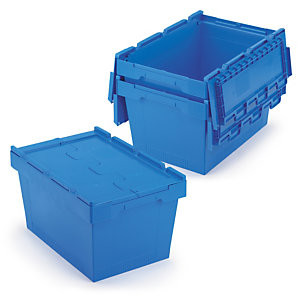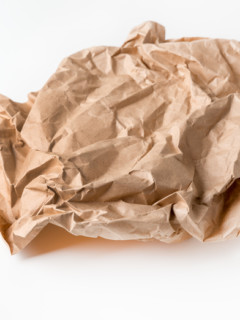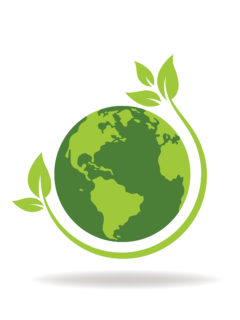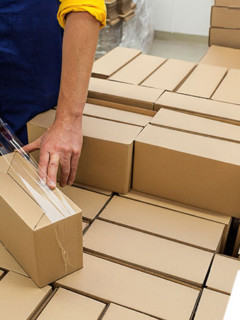First of all, packaging is everything that is needed in the process of packing products to protect them. As well as of/or grouping them temporarily in order to think about their handling, transport and storage. With this format, the quality of the load is preserved and at the same time it is kept safe during the entire journey.
Packaging has the mission to protect products from certain risks: mechanical (vibrations, collisions, etc.), climatic (heat, rain, humidity, cold, etc.), storage (deterioration, corrosion, mould), handling (falls, piling up, friction, etc.), as well as theft and contamination.
Likewise, the functions performed by the packaging processes are:
- Product protection: during transportation and packaging storage.
- Identification: provides information about the characteristics of products and how they should be handled, thus reducing their deterioration or loss.
- Load Handling: facilitates the counting, distribution and transport of packaging.
Packaging Vs Container
It becomes necessary to differentiate between packaging and container. The former deals with the procedure to prepare cargo in a safer way during transportation or storage. It focuses mainly on logistics. The container , on the other hand, refers to what contains, protects and makes the commercial presentation of the product . In other words: the way in which it is presented and, in this case, how its marketing is carried out, since direct contact with the product is established.
There are three levels in the packaging structure. The primary, the secondary and the tertiary. The primary packaging is the one in direct contact with the product. The secondary is the one which contains one or more primary packages, while the tertiary is the one which groups the previous ones in a single package to protect them during the distribution process.
Types of packaging materials
It is fundamental to take into consideration the needs of each object, as different materials may be used when choosing the most correct packaging:
Paper packaging
It is often used as a wrapping inside other packaging, such as cardboard boxes or bags. We offer the product a protection against external elements such as lights, dust, stains or even the humidity of the environment itself. It is a flexible format, 100% natural and more resistant than other papers, thanks to the fact that it preserves the natural fibre of the wood. The following are examples: envelopes, bags or kraft paper itself.
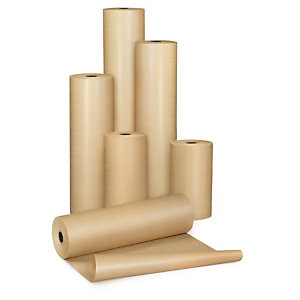 Cardboard packaging
Cardboard packaging
Cardboard packaging is characterised by its great technical capacity and price. Its main format is the well-known cardboard box. It is a very useful packaging because it can be adapted in terms of size and shape (automatic assembly, flapped, two pieces…). Besides, it is an excellent advertising medium for brands as they can be personalised with their logo or printed words. Depending on its thickness, you can choose between single fluted (up to 20 kg of weight), the double corrugated (up to 70 kg of weight) or the triple corrugated (up to 350 kg). There are also other models of cardboard packaging that adapt to certain characteristics of the objects, such as transport tubes, paper envelopes, cases or folders.
packaging made of plastic
These formats offer a high protection to the article against possible damage caused by its transport, while at the same time reducing shipping costs thanks to their lightness. They are generally widely used in logistical transport to and from, as they can be moved and re-routed as many times as necessary. For example, they are widely used in internal company shipments or specialised deliveries, such as to supermarkets.
The plastic containers are a clear example of standard plastic packaging. They are typically used to ship food, oils, foodstuffs, liquids or beauty products. Among the most commonly used materials for their composition we find PET (polyethylene terephthalate), HDPE (high density polyethylene), PP (polypropylene) or PVC (polyvinyl chloride).
Wooden packaging
It is the perfect option for heavy shipments or tailor-made for those products that require special protection. This type of wooden packaging can be found in various formats, such as plywood pallet box, hoops, fences or wooden pallets.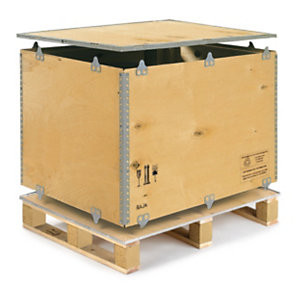
As mentioned, preserving the quality of the products and protecting the cargo is the main function of packaging and, in addition, it is a decisive factor for e-commerce to gain the trust and loyalty of its customers.











